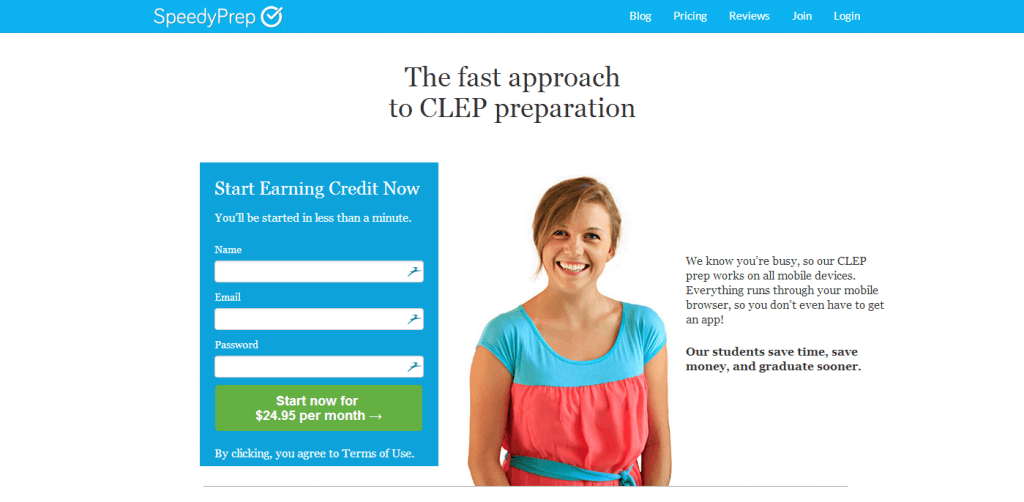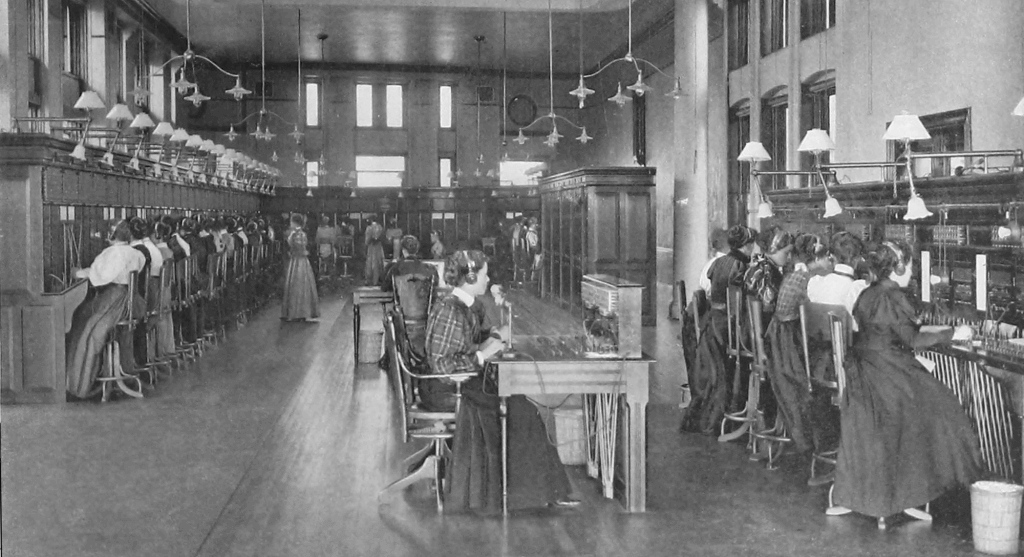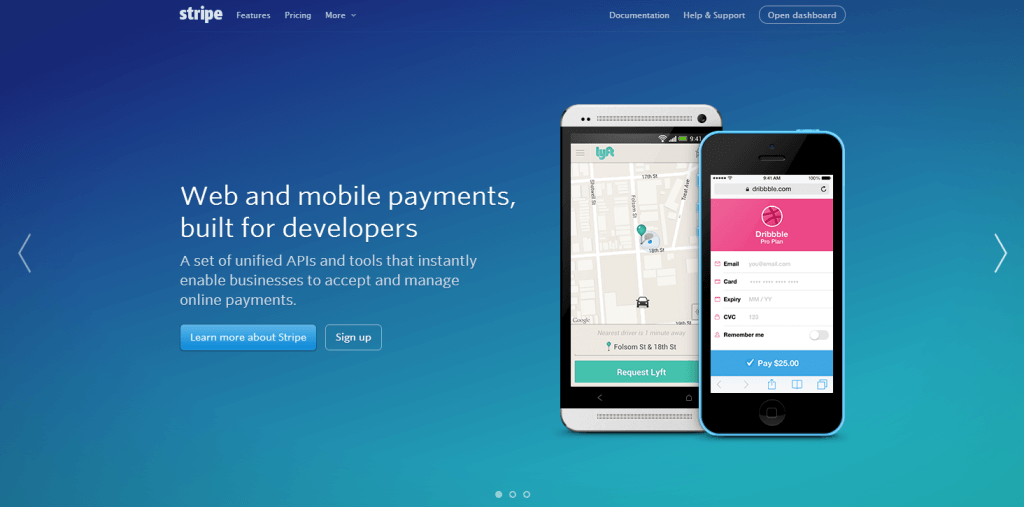5 Ways You Can Grow Faster By Creating Happy Customers
Successful growth can only be sustained by happy customers. Tactics and techniques are useful, but only when they lead to the solving of real problems and the creation of happy customers. Elliot Shmukler, formerly at LinkedIn and now VP of Product at Wealthfront, has found that startups can grow in one of three ways: increase exposure, decrease friction, or increase incentive. To decrease friction, we simply must make it easy for our customers to find value in our product.
#1 Proactively respond to common problems
 In a test prep product I manage, we specifically wrote our study material as fill-in-the-blank questions to make it harder than the actual test (which is multiple choice). Unfortunately, this can be confusing to new customers. As a result, we used to get dozens of emails each month asking why our questions weren’t multiple choice like the test, and that means lots of other students are probably thinking the same thing without telling us. Looking for ways to reduce friction, we discovered an easy solution which both decreases our customer service time and increases our customer happiness. We added an in-app message that tells new users why we chose fill-in-the-blank questions. If your product has a common problem or confusing point that all customers experience, you can easily setup an email autoresponder with something like MailChimp to proactively solve that issue. Even better, you could upgrade to something like Intercom (that’s what I use) to send automatic messages when customers experience problems. For instance, we have an automated message in our test prep app that automatically thanks students when they report content errors.
In a test prep product I manage, we specifically wrote our study material as fill-in-the-blank questions to make it harder than the actual test (which is multiple choice). Unfortunately, this can be confusing to new customers. As a result, we used to get dozens of emails each month asking why our questions weren’t multiple choice like the test, and that means lots of other students are probably thinking the same thing without telling us. Looking for ways to reduce friction, we discovered an easy solution which both decreases our customer service time and increases our customer happiness. We added an in-app message that tells new users why we chose fill-in-the-blank questions. If your product has a common problem or confusing point that all customers experience, you can easily setup an email autoresponder with something like MailChimp to proactively solve that issue. Even better, you could upgrade to something like Intercom (that’s what I use) to send automatic messages when customers experience problems. For instance, we have an automated message in our test prep app that automatically thanks students when they report content errors.
#2 Shock your customers with blazing-fast customer service
 Did you know that returning a customer sales call within 5 minutes gives you a 100x better chance of reaching the customer than calling after 30 minutes? Of course, this this is particularly useful for sales, but the same principle carries over to support. Fast customer service leads to happy customers, lower attrition, and more referrals. The strange part? Most companies still don’t get it… which means you have a beautiful opportunity. Over the last few weeks, I’ve worked with customer service at half a dozen different companies, but only one used the experience to make me a lifelong and happy customer. On a recent Monday evening about 8pm, I emailed CallRail support a low-priority question about modifying part of our setup in their system. Given the late hour, I didn’t expect to hear anything until at least the next morning. Twenty minutes later, my inbox suddenly lit up with a reply. And not just a “we have received your message and will reply in normal business hours” message; Jessica sent a thorough, detailed reply that completely answered my question. You can believe that is one support experience I won’t forget quickly.
Did you know that returning a customer sales call within 5 minutes gives you a 100x better chance of reaching the customer than calling after 30 minutes? Of course, this this is particularly useful for sales, but the same principle carries over to support. Fast customer service leads to happy customers, lower attrition, and more referrals. The strange part? Most companies still don’t get it… which means you have a beautiful opportunity. Over the last few weeks, I’ve worked with customer service at half a dozen different companies, but only one used the experience to make me a lifelong and happy customer. On a recent Monday evening about 8pm, I emailed CallRail support a low-priority question about modifying part of our setup in their system. Given the late hour, I didn’t expect to hear anything until at least the next morning. Twenty minutes later, my inbox suddenly lit up with a reply. And not just a “we have received your message and will reply in normal business hours” message; Jessica sent a thorough, detailed reply that completely answered my question. You can believe that is one support experience I won’t forget quickly.
#3 Use outages and problems to build trust
 When Gmail goes offline for less than an hour, the world falls into confusion. Though an outage on your service probably won’t trigger that much instant outcry, careful and fast responses are key to maintaining or even building trust. On February 20th, Groove was hit with an unexpected outage. Through a mistake in their server company and bad timing, their app was completely offline for 11 hours before they even knew what was happening. Once Alex, the founder, realized the app was down, he immediately made two crucially important moves: 1. He called his engineers to focus all efforts of fixing the problem 2. He over-communicated with his customers Over the next four hours, his engineers quickly fixed the issue (their server company had accidentally turned off the wrong hardware), and Alex set four emails and dozens of tweets to keep customers in the loop. The end result? They did lose at least one trial customer, but overall maintained or even improved trust with most of their customers. Growing pains are unavoidable, but our responses can do a lot to make our customer’s lives easier. Advanced technique: If regular outages can’t be stopped, you can simply celebrate failure à la Twitter.
When Gmail goes offline for less than an hour, the world falls into confusion. Though an outage on your service probably won’t trigger that much instant outcry, careful and fast responses are key to maintaining or even building trust. On February 20th, Groove was hit with an unexpected outage. Through a mistake in their server company and bad timing, their app was completely offline for 11 hours before they even knew what was happening. Once Alex, the founder, realized the app was down, he immediately made two crucially important moves: 1. He called his engineers to focus all efforts of fixing the problem 2. He over-communicated with his customers Over the next four hours, his engineers quickly fixed the issue (their server company had accidentally turned off the wrong hardware), and Alex set four emails and dozens of tweets to keep customers in the loop. The end result? They did lose at least one trial customer, but overall maintained or even improved trust with most of their customers. Growing pains are unavoidable, but our responses can do a lot to make our customer’s lives easier. Advanced technique: If regular outages can’t be stopped, you can simply celebrate failure à la Twitter.
#4 Make your value proposition clear and simple
 I’m always surprised how often websites try to tell me about all their amazing features without ever explaining why I should care. The harsh reality is simple: No one cares about the features, we just want to know if you will solve our problem. Stripe, an outstanding payment processor, presents a very clear value proposition on their homepage: “Web and mobile payments, built for developers” If you’ve ever tried to collect money on a website, you know that most payment processors are a headache and a half. With three simple words, “built for developers”, Stripe shows how they’re different and connects with their target audience. By focusing on this clear value proposition, Stripe makes it easy for a potential user to quickly understand. Then, if they want to know more, the user can easily explore the many exciting features. Show respect for your customer’s time and improve your conversion rates by testing a simple, short value proposition before flooding with features.
I’m always surprised how often websites try to tell me about all their amazing features without ever explaining why I should care. The harsh reality is simple: No one cares about the features, we just want to know if you will solve our problem. Stripe, an outstanding payment processor, presents a very clear value proposition on their homepage: “Web and mobile payments, built for developers” If you’ve ever tried to collect money on a website, you know that most payment processors are a headache and a half. With three simple words, “built for developers”, Stripe shows how they’re different and connects with their target audience. By focusing on this clear value proposition, Stripe makes it easy for a potential user to quickly understand. Then, if they want to know more, the user can easily explore the many exciting features. Show respect for your customer’s time and improve your conversion rates by testing a simple, short value proposition before flooding with features.
#5 Avoid unnecessary mental friction
 All humans approach new ideas and products through mental models based on memories. We expect social networks to look like Facebook, smartphones to work like iPhones, and doorknobs to turn clockwise. These unconscious expectations influence everything we do. To make your product easy for your customers to learn and use, look for common mental models you can steal instead of trying to reinvent something that already exists. In 2009 Google launched an exciting new product that had potential to replace both email and social networking. The product design was arguably better, but it violated established mental models. People expected email to work in a certain way, and Google Wave simply created too much friction. In 2012, Google finally closed the failed product after years of low use. Remove dissonance in mental models to create happy customers.
All humans approach new ideas and products through mental models based on memories. We expect social networks to look like Facebook, smartphones to work like iPhones, and doorknobs to turn clockwise. These unconscious expectations influence everything we do. To make your product easy for your customers to learn and use, look for common mental models you can steal instead of trying to reinvent something that already exists. In 2009 Google launched an exciting new product that had potential to replace both email and social networking. The product design was arguably better, but it violated established mental models. People expected email to work in a certain way, and Google Wave simply created too much friction. In 2012, Google finally closed the failed product after years of low use. Remove dissonance in mental models to create happy customers.
Bottomline
How will you make your customers experience with your product easier? The easier you make your customer’s lives, the more your business will grow. Special thanks to David Cohen for inspiring this!